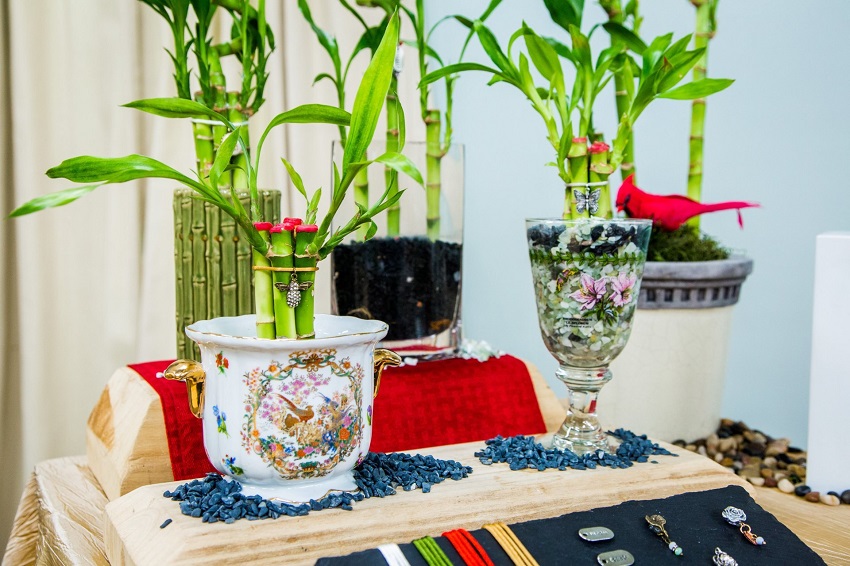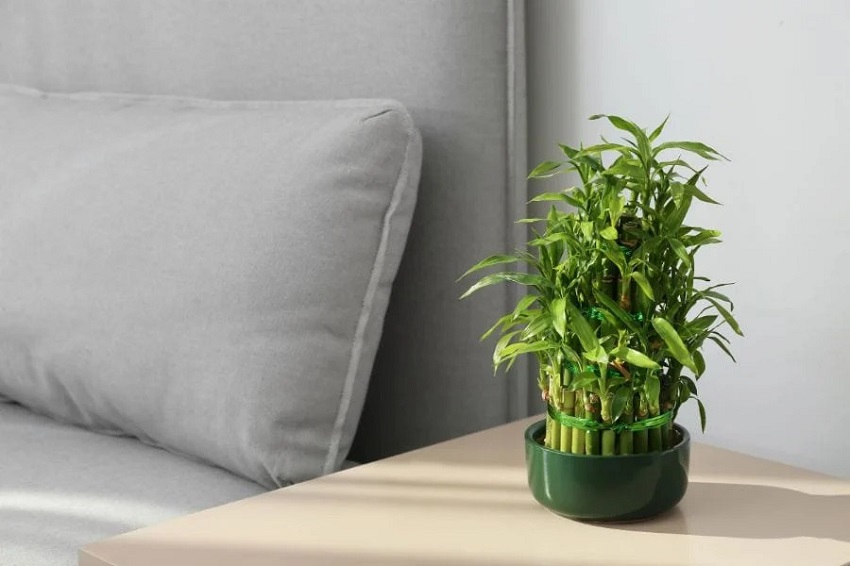Plants are a wonderful addition to any home or garden, bringing beauty, freshness, and a sense of tranquility. If you’re a plant enthusiast or just starting your gardening journey, you may have wondered how to make your plant stalks thicker. Thick and sturdy stalks not only enhance the overall appearance of the plant but also contribute to its strength and resilience. In this article, we will explore various techniques and tips to help you achieve thicker plant stalks and promote healthy growth. So let’s dive right in!
Why Do Plant Stalks Matter?
Before we delve into the methods to thicken plant stalks, it’s important to understand why they matter. Stalks, also known as stems, serve as the supportive framework for plants, providing structural strength and transporting essential nutrients and water. Thick stalks are especially important for plants like the leggy pilea, which tend to grow tall and become top-heavy. Robust stalks often indicate a healthy and well-nourished plant, so it’s worth taking the time to strengthen them.
Provide Adequate Lighting
One crucial factor for promoting thicker plant stalks is providing adequate lighting conditions. Plants require light for photosynthesis, the process by which they convert light energy into chemical energy, ultimately promoting growth. Insufficient light can result in weak and spindly stalks. To ensure optimal lighting:
- Placement: Position your plants in areas where they can receive ample natural light. South-facing windows are typically the brightest spots indoors. Outdoor plants should be positioned considering their light requirements, such as full sun or partial shade.
- Supplemental Lighting: In cases where natural light is limited, you can supplement it with artificial lighting. LED grow lights are a popular choice as they provide the necessary spectrum and intensity required for plant growth.
Optimize Watering Practices
Water is a vital component for plant growth and development. Proper watering practices play a significant role in strengthening plant stalks. Here are some guidelines to follow:
- Consistency: Consistent watering is crucial to prevent fluctuations in soil moisture, which can weaken the stalks. Determine the watering needs of your specific plant species and establish a regular watering routine.
- Deep Watering: Instead of frequent shallow watering, ensure that the water penetrates deeply into the soil. This encourages the plant roots to grow deeper and strengthens the stalks.
- Drainage: Good drainage is essential to prevent waterlogged soil, which can lead to root rot and weaken the plant. Choose well-draining soil and use pots with drainage holes.
Implement Proper Nutrition
Providing your plants with the right nutrients is paramount for their overall health and stalk development. Here are a few tips to ensure proper nutrition:
- Fertilization: Use a balanced fertilizer that contains essential macronutrients (nitrogen, phosphorus, and potassium) as well as micronutrients. Follow the recommended dosage and frequency specified for your plant species.
- Organic Matter: Incorporate organic matter, such as compost or well-rotted manure, into the soil. This enriches the soil with beneficial nutrients, enhancing stalk thickness and overall plant vigor.
- Avoid Overfertilization: While it’s important to provide adequate nutrients, overfertilization can lead to excessive growth, weak stalks, and susceptibility to pests and diseases. Always follow the instructions and avoid using more fertilizer than necessary.
Pruning and Training Techniques
Proper pruning and training techniques can encourage thicker stalks by directing the plant’s growth and removing unnecessary foliage. Consider the following practices:
- Selective Pruning: Regularly inspect your plant for weak or damaged stems and remove them promptly. This helps redirect energy to healthier parts of the plant, fostering thicker and stronger stalks.
- Pinching: Pinching involves removing the tip of a growing shoot to promote lateral branching and denser foliage. This can contribute to thicker stalks over time.
- Staking: For taller plants that are prone to bending, staking provides support and stability. By keeping the plant upright, staking helps the stalks grow straight and robust.
Maintain Optimal Temperature and Humidity
Plants have specific temperature and humidity preferences that impact their growth and stalk development. Aim to create an environment that mimics their natural habitat:
- Temperature: Different plants have different temperature requirements. Maintain the recommended temperature range for your plant species, avoiding extreme fluctuations that can stress the plant and weaken the stalks.
- Humidity: Some plants thrive in higher humidity, while others prefer drier conditions. Research your plant’s humidity preferences and use a humidifier or pebble tray to adjust the humidity levels accordingly.
Conclusion
Thickening plant stalks is achievable through a combination of proper care, optimal growing conditions, and regular maintenance. By providing adequate lighting, optimizing watering practices, implementing proper nutrition, employing pruning and training techniques, and maintaining optimal temperature and humidity, you can help your plants develop robust and healthy stalks. Remember to tailor your approach based on the specific requirements of each plant species. With patience and diligence, you’ll soon enjoy the sight of beautiful, thick-stalked plants that will enhance your surroundings and bring you joy.






